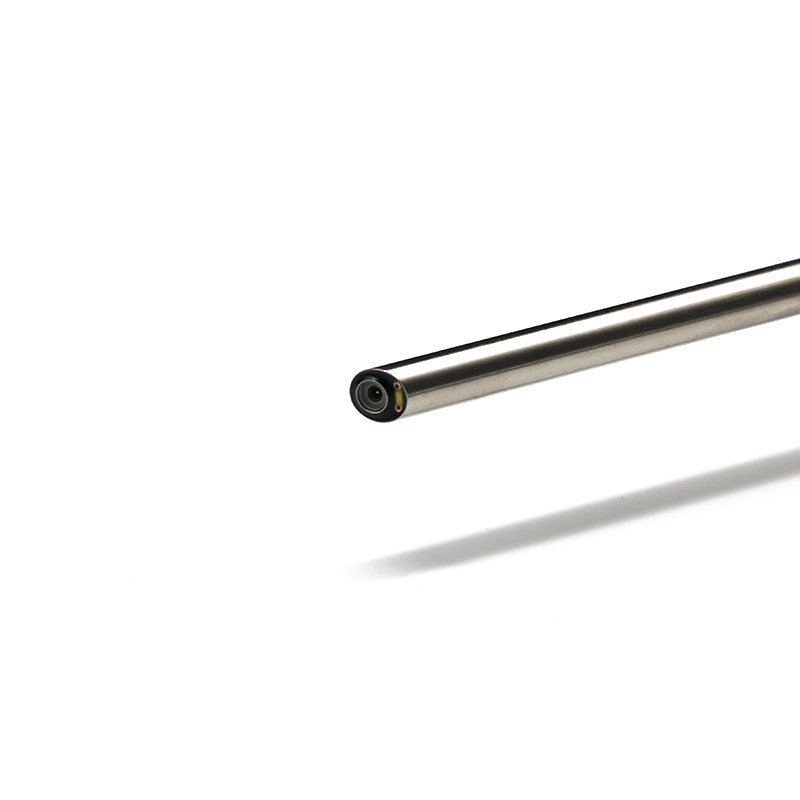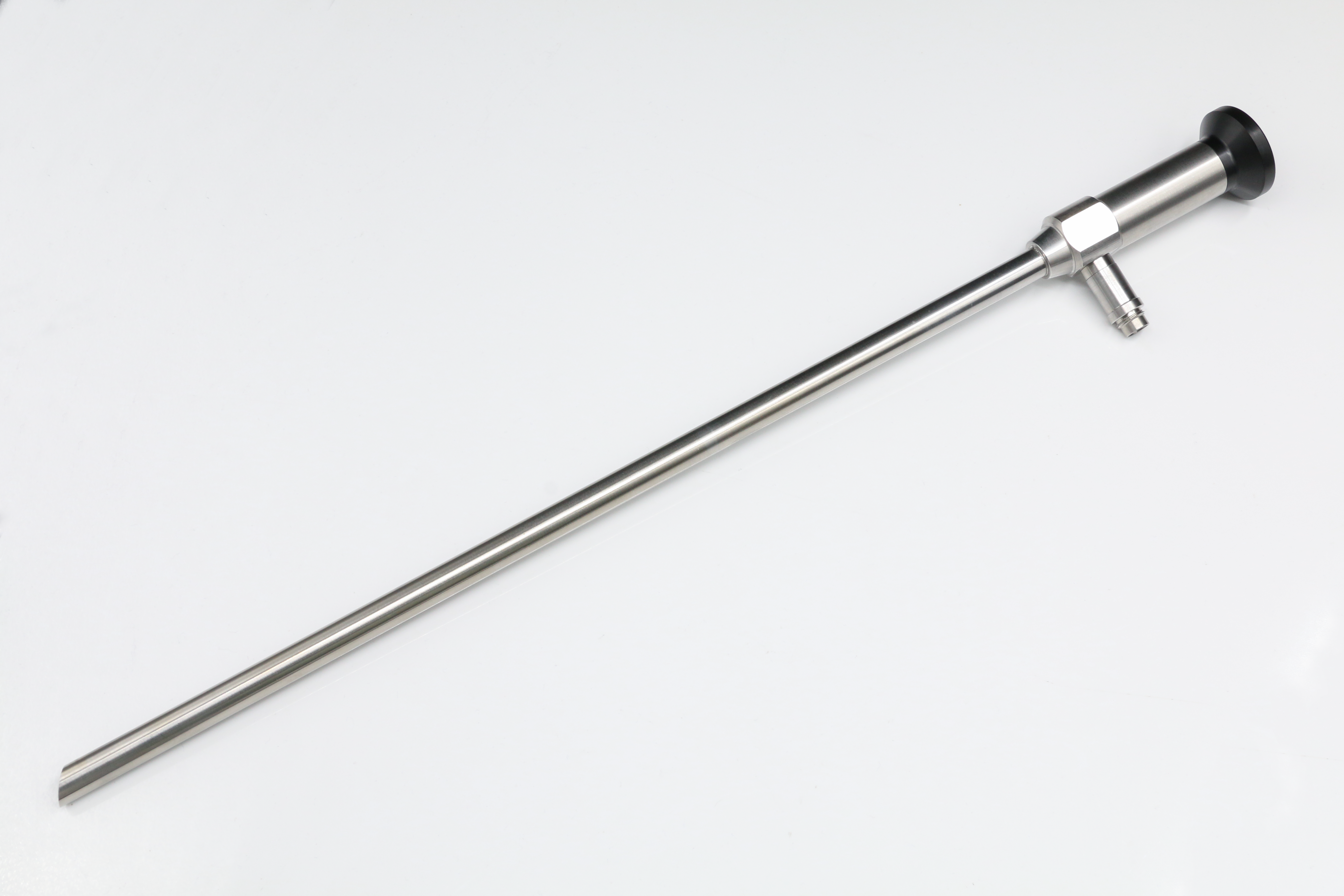Views: 0 Author: Site Editor Publish Time: 2025-04-25 Origin: Site











Rigid endoscopy is a minimally invasive diagnostic and surgical technique that uses a straight, non-flexible tube known as a rigid endoscope to examine internal organs and body cavities. Unlike flexible endoscopy, which uses a pliable instrument, rigid endoscopy offers high-resolution imagery, precision, and stability, making it ideal for certain types of medical operations, especially in general surgery departments, endoscopic surgery, and surgical examination procedures.
As technological advances continue to enhance the capabilities of rigid endoscopes, their usage has expanded across various specialties. From otolaryngology to gynecology and urology, the use of tools like the 3mm rigid endoscope, 0 degree rigid endoscope, 30 degree rigid endoscope, 70 degree rigid endoscope, and 10 mm rigid endoscope is growing. Understanding what rigid endoscopy is and how it works is essential for healthcare professionals and patients alike.
A rigid endoscope is a straight, tubular instrument equipped with an optical system that transmits images from inside the body to an external monitor. It consists of an eyepiece, a lens system (usually rod-lens technology), illumination fibers, and a working channel for inserting surgical tools.
Rigid endoscopes differ based on:
Diameter (e.g., 3mm rigid endoscope, 10 mm rigid endoscope)
Viewing angle (e.g., 0 degree, 30 degree, 70 degree)
Length, depending on the surgical target area
These instruments are commonly used in:
Laparoscopy
Arthroscopy
Thoracoscopy
Cystoscopy
Sinus and nasal surgeries
The selection of the right scope depends on the surgical site and required visual access.

| Feature | Rigid Endoscope | Flexible Endoscope |
|---|---|---|
| Structure | Straight, non-flexible | Pliable, bendable |
| Image Quality | Higher resolution and brightness | Moderate, especially for deep internal organs |
| Applications | ENT, laparoscopy, orthopedics | GI tract, bronchoscopies |
| Instrument Channel Size | Larger, supports more complex tools | Smaller channels |
| Durability | More robust | Delicate and prone to breakage |
| Sterilization | Easy (can tolerate high temperatures) | More difficult (heat-sensitive) |
Rigid scopes like the 10 mm rigid endoscope are preferred in surgeries where precision and high-definition imaging are paramount.

Viewing angle plays a critical role in determining the field of vision and accessibility during surgery.
Provides a straight-on view
Ideal for direct access and frontal visualization
Common in sinus surgery and some laparoscopic procedures
Offers an angled view for broader perspective
Preferred in pelvic and abdominal laparoscopies
Allows better visualization of difficult-to-reach areas
Provides a highly angled view
Useful for inspecting around corners or hidden structures
Frequently used in ENT and skull base surgeries
Each angle type brings unique benefits and is chosen according to procedural needs.
| Endoscope Type | Diameter | Common Use Cases |
|---|---|---|
| 3mm rigid endoscope | 3 mm | Pediatric surgeries, ENT, fine inspections |
| 10 mm rigid endoscope | 10 mm | General laparoscopic procedures, abdominal surgeries |
Smaller diameters such as the 3mm rigid endoscope allow for less invasive entry points, which is crucial for pediatric patients or procedures requiring high precision with minimal tissue disruption.
Rigid endoscopy has revolutionized many procedures in the medical operation and surgical operation sectors. Some of the most common applications include:
Diagnostic laparoscopy
Biopsy collection
Hernia repairs
Tumor excision
Gallbladder removal (laparoscopic cholecystectomy)
Appendectomy
Endometriosis treatment
Tubal ligation
Endoscopic sinus surgery
Skull base tumor removal
Vocal cord examination
Bladder inspection (cystoscopy)
Ureter stone retrieval
Hysteroscopy for uterine examination
High-definition imagery: Superior clarity due to rod-lens systems
Durability: Withstands rigorous sterilization
Precision: Rigid design allows better control during delicate procedures
Wide selection: Various sizes and angles (e.g., 0 degree, 30 degree, 70 degree) for customized applications
Cost-effective in the long run: Less prone to breakage compared to flexible scopes
With the increasing integration of high-definition (HD) and 4K cameras, rigid endoscopes are becoming more powerful tools for surgical diagnosis and treatment. Recent trends include:
Integration with AI: Assists in image recognition and tissue differentiation
3D visualization: Enhances depth perception in minimally invasive surgeries
Miniaturization: Development of ultra-thin scopes like the 3mm rigid endoscope
Wireless image transmission: Real-time viewing without cumbersome cables
As medical devices continue to evolve, the versatility and functionality of rigid endoscopy equipment are set to grow.
Selecting the correct rigid endoscope depends on several factors:
| Selection Criteria | Recommended Choice |
|---|---|
| Procedure Type | Laparoscopy: 10 mm rigid endoscope |
| Viewing Requirement | Wide view: 30 degree rigid endoscope |
| Pediatric Use | 3mm rigid endoscope |
| Complex Angled Access | 70 degree rigid endoscope |
| Straight-line Visualization | 0 degree rigid endoscope |
Understanding the surgical environment and access angles is crucial for optimal results.
Rigid endoscopes are typically made of stainless steel and glass components, allowing them to endure high-temperature sterilization processes such as autoclaving. Maintenance includes:
Regular inspection for lens scratches or fiber damage
Proper handling to avoid bending
Use of protective cases during transport
Periodic performance calibration
Failure to maintain these tools can compromise image quality and patient safety.
While the rigid endoscope offers many advantages, it does have limitations:
Not suitable for deep or highly curved anatomical pathways
Limited maneuverability compared to flexible scopes
Risk of tissue trauma if not handled carefully
However, when used in appropriate scenarios like surgical examination or general surgery department procedures, its benefits far outweigh the drawbacks.
Rigid endoscopy uses a straight, stiff instrument, offering high-resolution images and precision, while flexible endoscopy uses a bendable tube, making it suitable for deeper body parts like the intestines.
Rigid endoscopy is usually performed under anesthesia (local or general), so patients typically do not feel pain during the procedure. Post-operative discomfort may vary depending on the surgical site.
Common sizes include the 3mm rigid endoscope for small or pediatric applications and the 10 mm rigid endoscope for general laparoscopy. The size is selected based on procedural requirements.
The 70 degree rigid endoscope is used when visualizing areas that require an extreme angle, such as the sinuses or skull base, where straight or moderately angled scopes can't reach.
Yes. Rigid endoscopes are designed for high-temperature sterilization methods like autoclaving, making them highly durable and reusable.
It refers to the viewing angle. A 0 degree rigid endoscope sees straight ahead, while a 30 degree or 70 degree rigid endoscope gives angled views, allowing better visualization of complex anatomical structures.
Despite their small size, 3mm rigid endoscopes are built with durable materials and are suitable for delicate or pediatric procedures, although they require careful handling.
In the landscape of medical operations and surgical examinations, the rigid endoscope remains an indispensable tool. Whether it's the high-definition imaging, variety of angles (from 0 degree to 70 degree rigid endoscope), or multiple diameter options (from 3mm rigid endoscope to 10 mm rigid endoscope), rigid endoscopy provides unmatched precision and control for surgeons.
As trends lean toward miniaturization, AI integration, and advanced imaging, the role of the rigid endoscope will only grow more vital. Understanding its applications, types, advantages, and limitations ensures that healthcare providers choose the right tool for the best patient outcomes.
